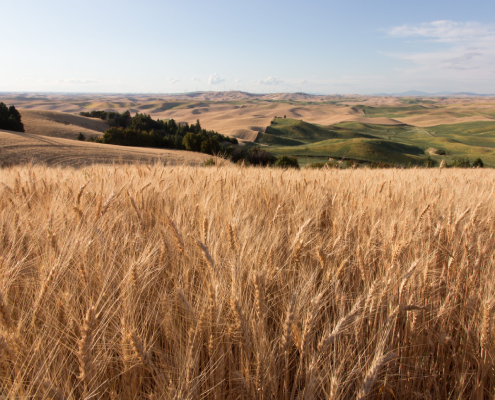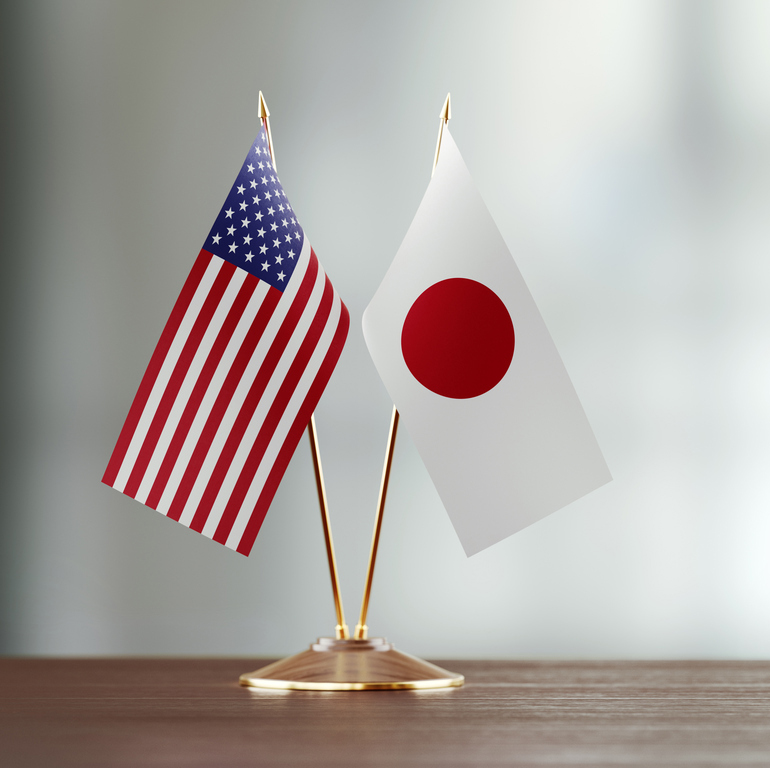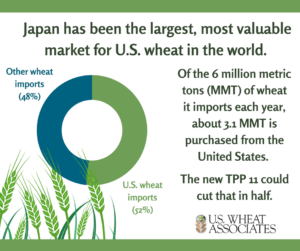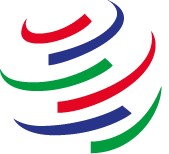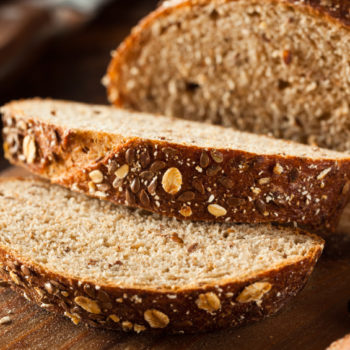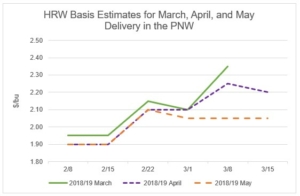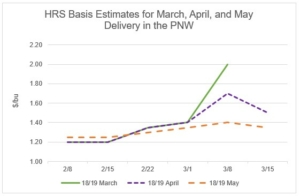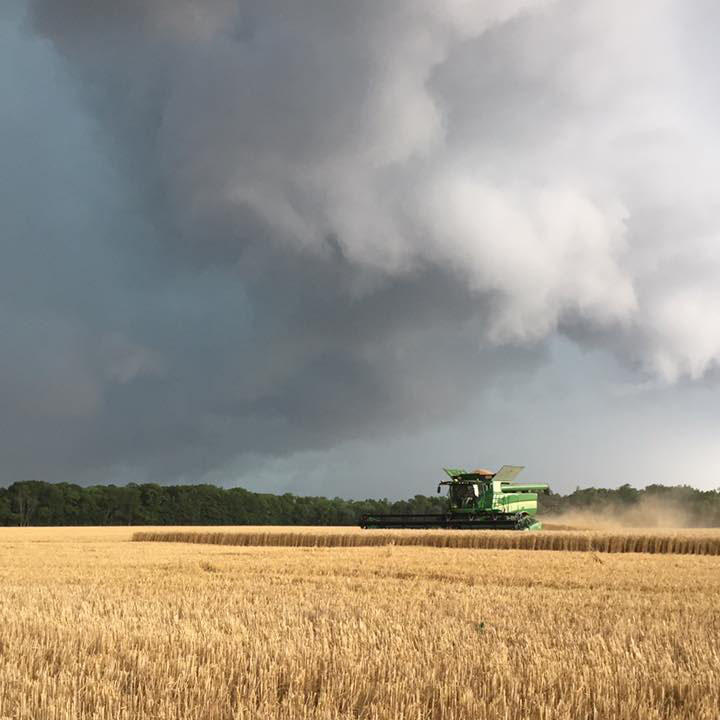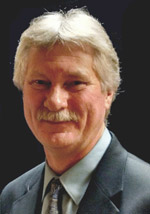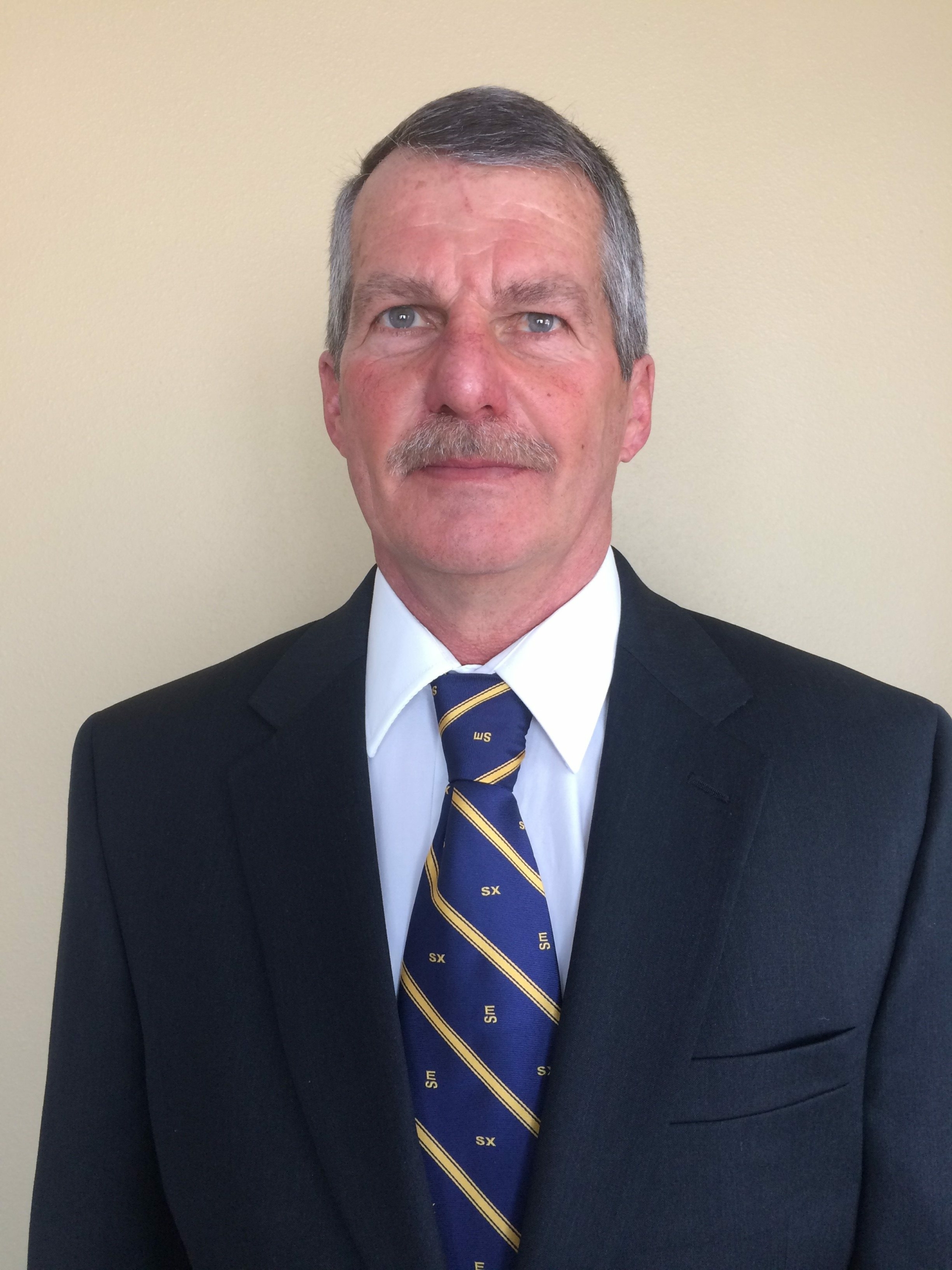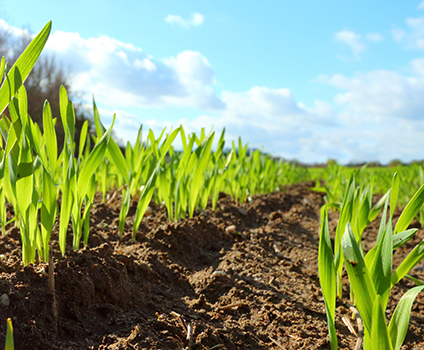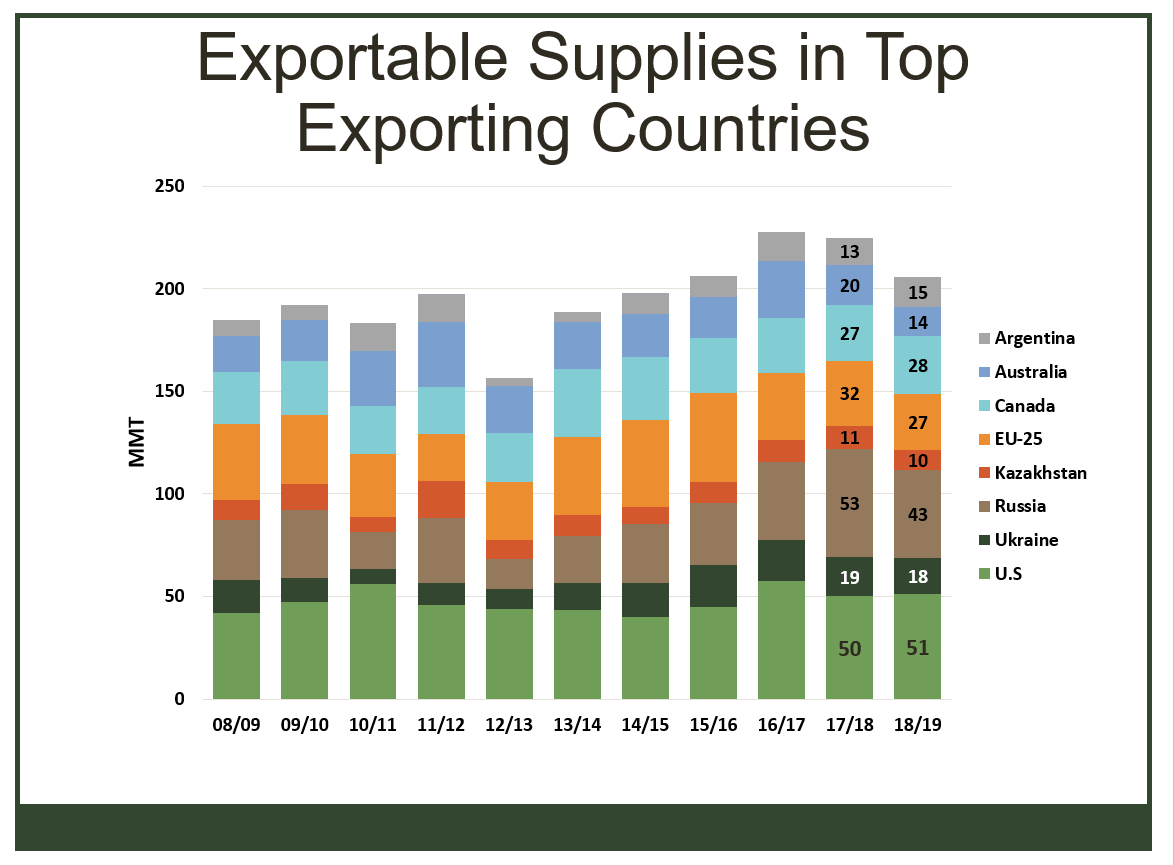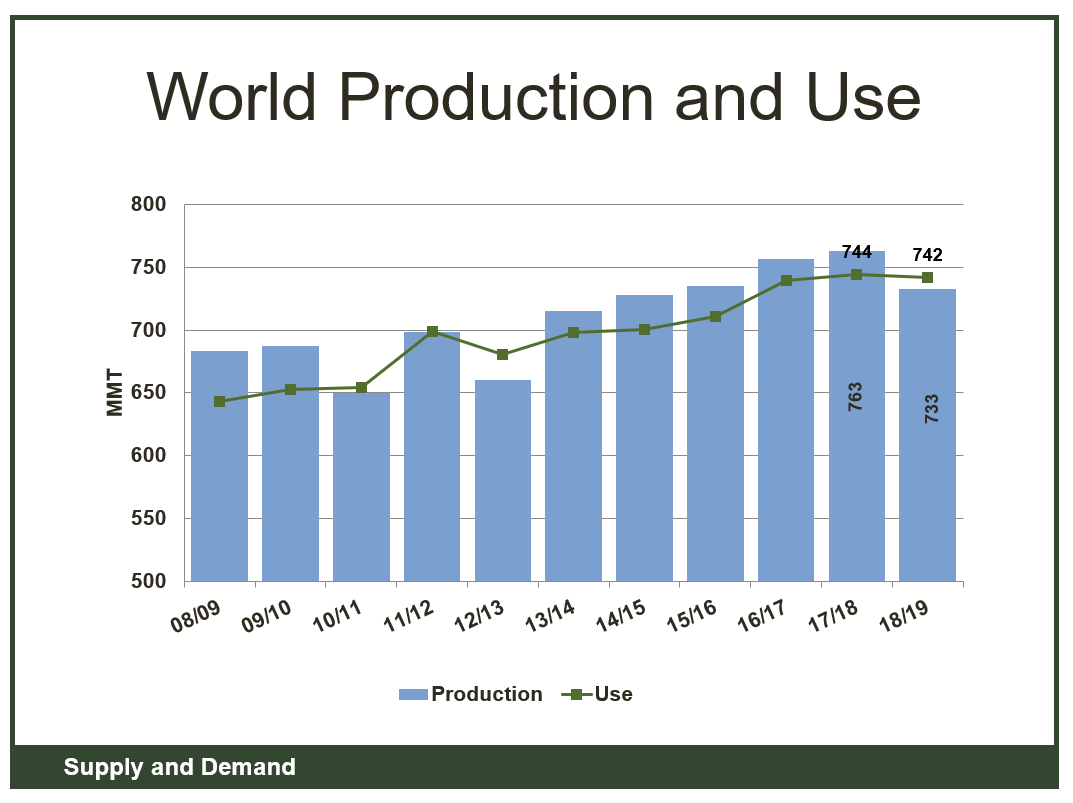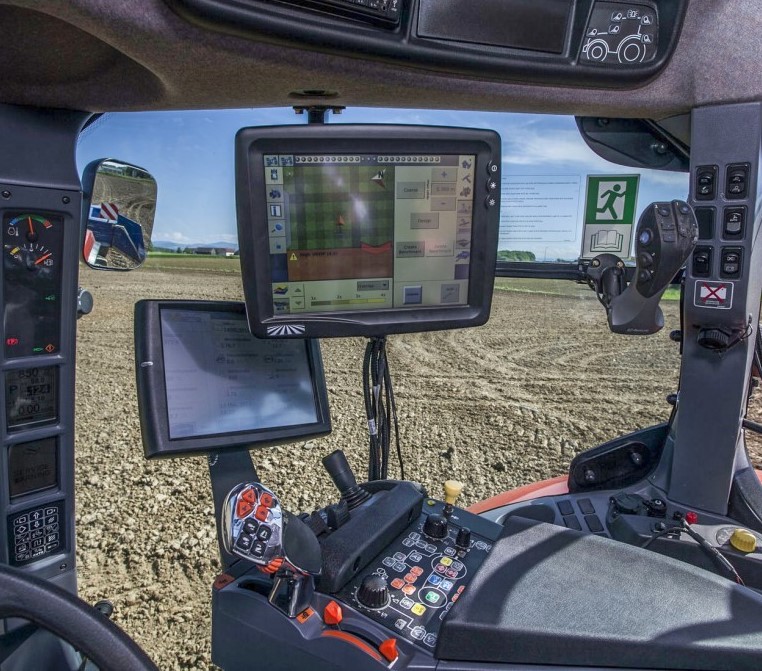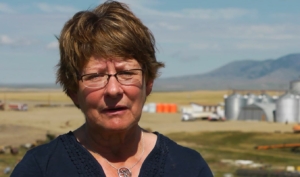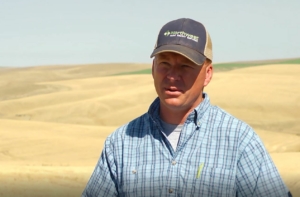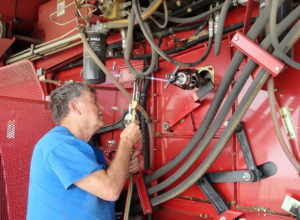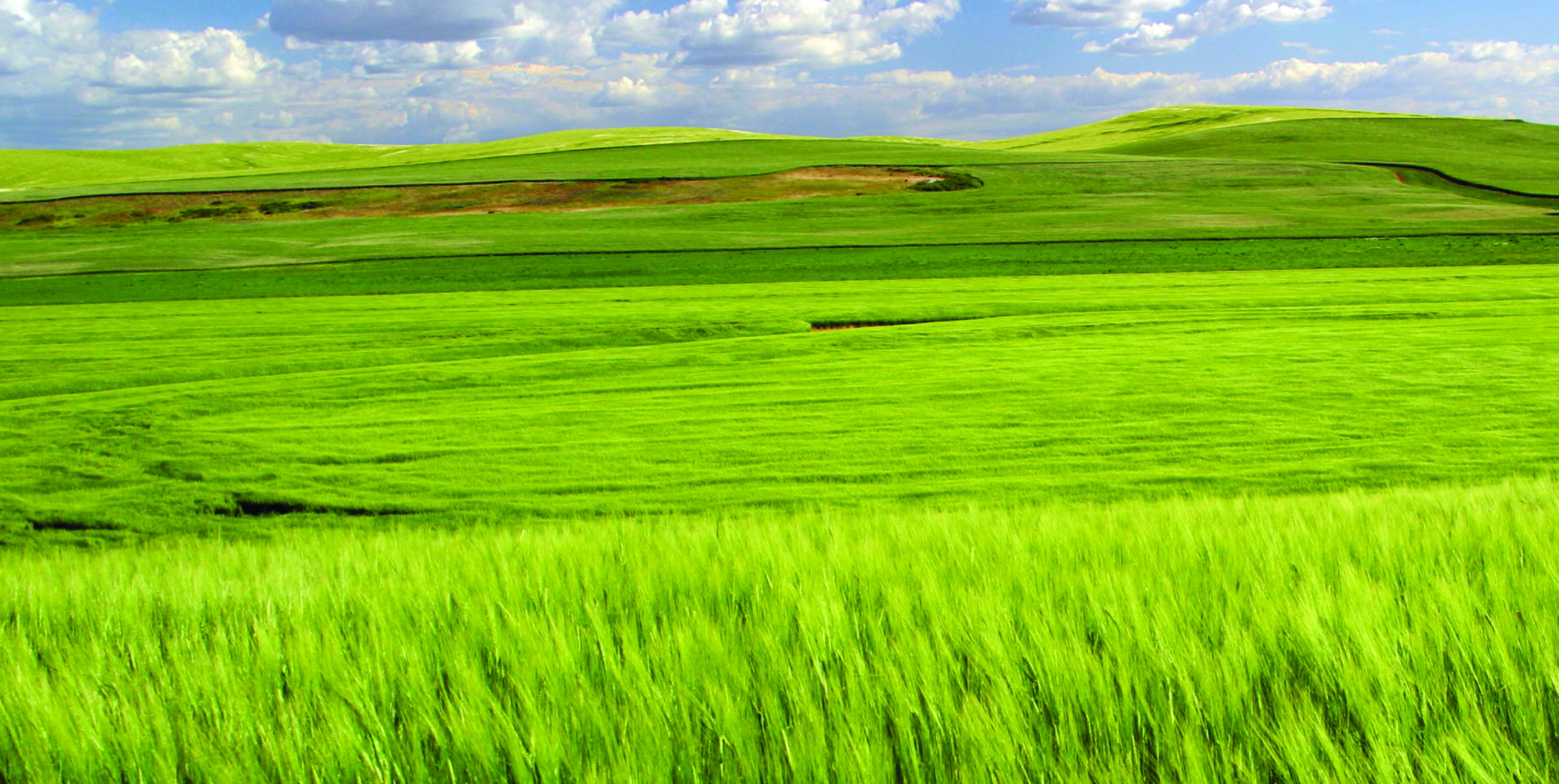By Ben Conner, USW Vice President of Policy
Two weeks ago, Brazilian President Jair Bolsonaro visited President Trump in Washington, D.C., to help forge closer ties between the two largest countries in the Western Hemisphere. The joint statement published at the end of the visit highlighted several areas for cooperation and expanded commerce. One of those was a commitment to allow “the annual importation of 750 thousand tons of American wheat at zero rate.”
Of course, U.S. wheat farmers would be delighted if Brazilian buyers choose to import all 750,000 tons from the United States, though duty-free treatment mandated by the World Trade Organization (WTO) would apply to all imports from outside existing free trade agreements like Mercosur. Even with competition, annual average U.S. exports to Brazil are likely to increase substantially; and for this, U.S. farmers can thank the hard work of staff at the Office of the U.S. Trade Representative and the U.S. Department of Agriculture, members of Congress who pushed for this outcome, and officials in Brazil who recognized the benefits of closer trade ties with the United States and the importance of complying with WTO rules.
U.S. wheat farmers have long sought expanded commercial ties with Brazil, which is one of the world’s largest agricultural producers but also one of its largest wheat importers. The United States used to be Brazil’s primary wheat supplier, but it has since been supplanted by Argentina. This makes some sense, since duty-free treatment for Argentina and other Mercosur suppliers, coupled with a 10 percent external tariff, made U.S. wheat less competitive.
While Argentine dominance of Brazil’s imports will not be reversed with this new policy, U.S. farmers are hoping for a more stable relationship with their Brazilian customers. Tariffs prevented development of a consistent market in Brazil for a long time but, now with the tariff rate quota (TRQ) open, the opportunity is there for Brazil’s flour millers to consider U.S. wheat every year equally, instead of only after a poor South American wheat crop.
Now Brazil must take the final steps to implement the TRQ. No country has a perfect record of complying with WTO commitments, but U.S. Wheat Associates (USW) is grateful to see President Bolsonaro taking Brazil in that direction on this issue so early in his presidency. Brazil and the United States have much in common as major agricultural exporters and we hope to see our countries to work together at the WTO to advance a trade liberalizing agenda while expanding the commercial relationship between our wheat sectors.

